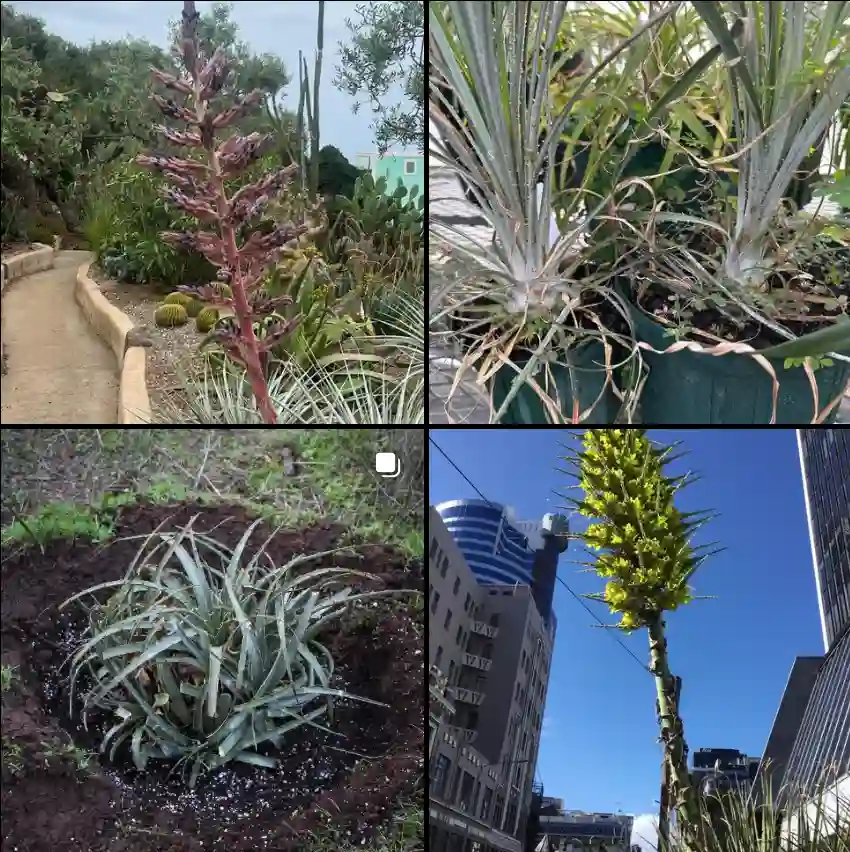
Echinacea Purpurea vs Echinacea Angustifolia
When I first planted Echinacea Purpurea, I was immediately taken by its stunning, large purple petals and prominent, cone-shaped centers. These flowers quickly became a focal point in my garden, attracting bees, butterflies, and even the occasional hummingbird. Their ability to bloom profusely throughout the summer with minimal care won me over. I remember one particularly hot summer where my garden faced a bit of neglect due to a busy schedule. Despite the lack of consistent watering, Echinacea Purpurea stood tall and continued to thrive, showcasing its impressive resilience. This hardiness made it an instant favorite, as it provided consistent color and life to my garden even in less-than-ideal conditions.
9 Species in Genus Echinacea
Echinacea Angustifolia, on the other hand, presented a different experience. While its more delicate, narrow petals and lighter, sometimes pinkish-purple hue were charming, it proved to be more challenging to maintain. I planted it alongside Echinacea Purpurea, hoping for a beautiful contrast, but found that Angustifolia was more sensitive to soil conditions and required more attention. It struggled during the same hot summer, needing frequent watering and showing signs of stress much quicker. Although it brought a unique, understated elegance to my garden, the extra effort it demanded and its less robust nature meant it never quite matched the effortless beauty and reliability of Echinacea Purpurea.
Can you smoke echinacea purpurea?
I’ve heard about people smoking it, but it’s not something I’ve tried myself. I usually think of Echinacea purpurea more as a medicinal herb to be brewed into tea or taken as a supplement rather than smoked.
Do deer eat echinacea purpurea?
In my experience, deer tend to leave Echinacea purpurea alone. I’ve planted them in my garden, and they’ve thrived without any nibbling from deer, which is a relief because deer can be quite destructive to plants.
How far apart to plant echinacea purpurea?
When planting Echinacea purpurea, I usually space my plants about 18 to 24 inches apart. This seems to give them enough room to grow without crowding each other, allowing them to spread out and flourish in the garden.
How to grow echinacea purpurea?
Growing Echinacea purpurea is fairly straightforward. They like well-drained soil and plenty of sunlight. I usually start them from seeds indoors and then transplant them outside after the last frost. With proper care, they tend to thrive and produce beautiful blooms.
How to use echinacea purpurea?
I mainly use Echinacea purpurea for its immune-boosting properties. I make tea with the dried flowers and leaves when I feel a cold coming on, and it seems to help me recover faster. Some people also use it in tinctures or capsules for immune support.
Is echinacea purpurea a perennial?
Yes, Echinacea purpurea is a perennial, which is one of the reasons I love having it in my garden. It comes back year after year, providing beautiful blooms and herbal benefits without needing to be replanted annually.
Is echinacea purpurea edible?
While technically edible, I don’t really use Echinacea purpurea as a food. I prefer to stick to using it for its medicinal properties rather than its taste, as it’s more commonly known for its immune-boosting benefits.
What is echinacea purpurea good for?
Echinacea purpurea is well-known for its immune-boosting properties. It’s often used to help prevent or shorten the duration of colds and other respiratory infections. Some people also use it topically for wound healing.
Does echinacea purpurea need cold stratification?
Yes, Echinacea purpurea seeds do benefit from cold stratification. I usually sow the seeds in pots outdoors in the fall and let them naturally experience the cold temperatures over winter, which helps with germination in the spring.
If i die, water my plants!



